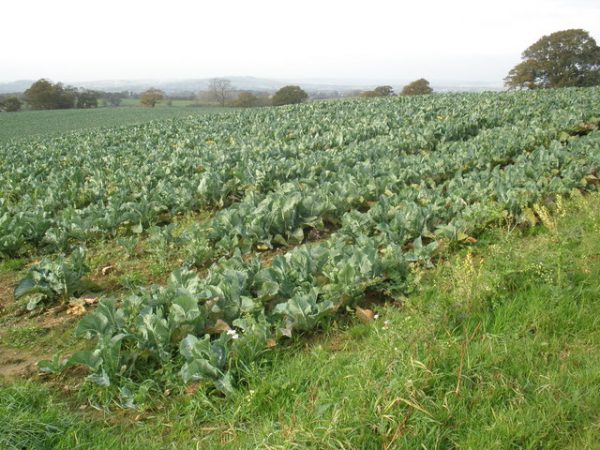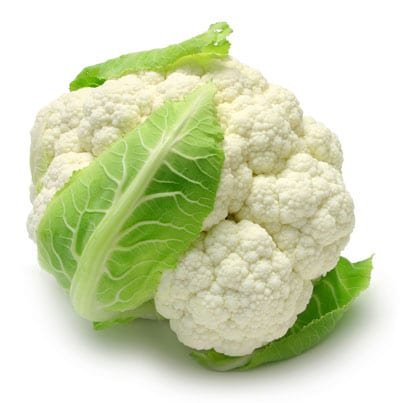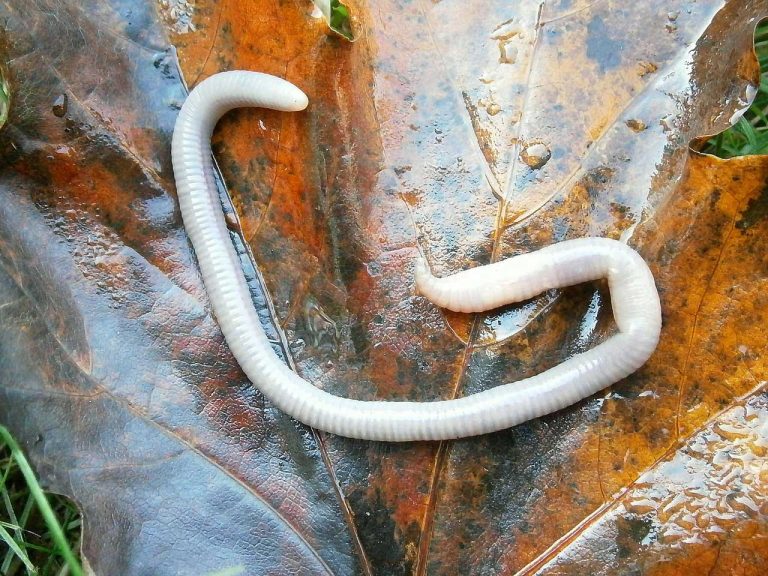Cauliflowers
Cauliflower is an edible, crop from the cole family (Brassica Oleracea) Which includes broccoli, kale, and collards, and the like within its folds and grows best in winter.
Anatomy
The center head of cauliflower is basically a lump of seedless flowers possessing only female reproductive organs. The plants have hollow roots, and broad stems.
Habitat
The main secret of consistently harvesting cauliflower is to keep up cool temperatures. Thus, the coast of California grows the crop for commerce about three-four months long.
GROWING AT HOME
Soil for Planting
About 6 hours of exposure (if possible more hours) in sun a day is essential for cauliflower. Fertile soil (pH of 6.5-6.8), enriched with water and ample organic matter is also important for cauliflowers. You must test the soil pH to avoid clubroot disease. You should use fertilizers and lime only as per the test recommendations to grow cauliflowers. Before planting, you must add blood meal, composed manure or cottonseed meal and similar materials, rich in nitrogen or use a time-released vegetable food in 14-14-14 manner intensely in the soil.
Planting

Maintain a gap of about 18 inches in row, and 30 inches between rows to leave space for walking. In order to avoid stress, you should hydrate the plants evenly. Mulching with organic matter will maintain the fresh soil, keep it cool and prevent weed formation. Water the plants 1-1.5 inches each week if you see a shortage of rain.
For growing the cauliflower from seeds, sow the seeds 4-5 weeks before the plantation. Sow the seeds, maintaining a gap of 3-6 inches, and a depth of ¼ to ½ inch. Water the seeds regularly during vegetation and growth. After the sprout, relocate them to their permanent site.
Cover the plants with obliterate jugs or other protections in early spring. In order to rid the plants of heat, provide shelter for the fall crops and moistening regularly.
Watering
Soil which drains out water, causes”Riley” and opening up of heads. Watering the soil with at least 1 inch per week, and hydrating the soil up to a depth of 6 inches is a good idea. Water the plants regularly to see the plant generating huge, delicate heads.
Temp and Humidity
About 60 degree temperature is favorable for cauliflowers. The young plants, smoothly balance leaves and head growth.
Flowering and Maturing
As soon as the heads turn white and rigid, it is the time to pluck them. The heads usually grow about 6-8 inches in diameter.
Care

It is crucial to ensure that the plants grow uninterruptedly, as it may ruin the edible part totally or cause the heads development prematurely.
As soon as the curd turns 2-3 inches in diameter, you must blanch the outer leaves with the head, with tape, twine or rubber band to guard the head from heat, and enable you to get an elegant white color of the cauliflower.
Pest and Pesticides
Flea beetles or aphids and other pests strike the cauliflower mostly during spring or fall. Cabbage or root maggots also cause serous crop damages. Imported cabbageworms, cabbage Loopers and similar caterpillars often attack the crops.
The crop might turn light brown or the tip of the leaves might perish or become twisted if there is a deficiency of boron in soil. In such cases, treat the leaves with seaweed extracts instantly, and continue repeating this every two weeks till the symptoms cease.
Harvest Month and Storage
Within 7-12 days of blanching, the plants become ready for plucking. Usually, the heads of mature cauliflowers range 6-12 inches in size. Start harvesting, while the buds are rigid and unopened. Cut the heads with a knife, slightly below the heads along with some whorls of leaves as well, to preserve the curds. Thus, it is ready for cooking or preserving.
After cooking, the color green turns to orange and purple florets fade away. For storing the cauliflowers, you may store it in plastic bags and preserve it in refrigerator. This way, it can last an entire week. To make it last longer, you may freeze the cauliflowers or prepares pickle from it.
Varieties
Snowball: is a special variety of cauliflower, which generates medium heads and ample crops throughout the entire season of growth.
Orange: is a type of cauliflower, which tastes similar to white cauliflower. Orange cauliflower has more of Vitamin A, beneficial for health.

Having discovered a fondness for insects while pursuing her degree in Biology, Randi Jones was quite bugged to know that people usually dismissed these little creatures as “creepy-crawlies”.







